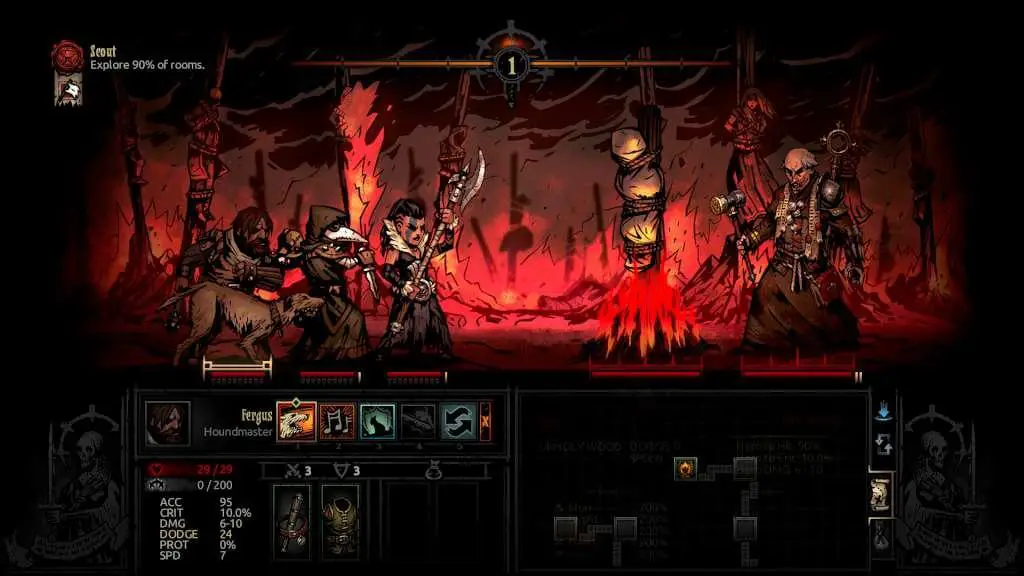

Like afflictions, quirks can also have a positive effect on your character, boosting their fighting abilities or improving their ability to handle stress. Characters can also develop long-term traumas the team has termed “quirks,” which range from physical ailments like the runs or a bad eye, to mental disorders such as phobias and manias. The system doesn’t end when combat is over. “It’s easy to paint in stereotypes, but we were inspired by how people really are.” It’s easy to paint in stereotypes, but we were inspired by how people really are.” “And we wanted to map that onto fantasy heroes. “We all have good parts and bad parts, and we all react to stress differently,” says Tyler Sigman, game designer at Red Hook Studios.

Other afflictions may send characters into hopeless despondency, or to selfishly act on their own accord. While one character may steel her resolve in the face of overwhelming odds, another may succumb to panic and undermine the party’s chances at victory.

The gothic, turn-based roguelike features a mental health system dubbed The Affliction System, which attempts to represent the wide variety of ways people respond to intense stress.įaced with stressful situations such as the death of a party member or a horrifying creature, characters in Darkest Dungeon will respond with temporary “afflictions” based on their inherent emotional constitution. But what is the psychological price to pay for fame, wealth, and glory?ĭarkest Dungeon, from Vancouver-based Red Hook Studios, explores the traumatic reality of diving into the claustrophobic pits of unknowable horrors that make up your typical fantasy dungeon. Claustrophobic hallways, demonic monsters, deadly traps at every turn: These are just a few of the perils our fantasy heroes confront in the name of earthly riches.


 0 kommentar(er)
0 kommentar(er)
